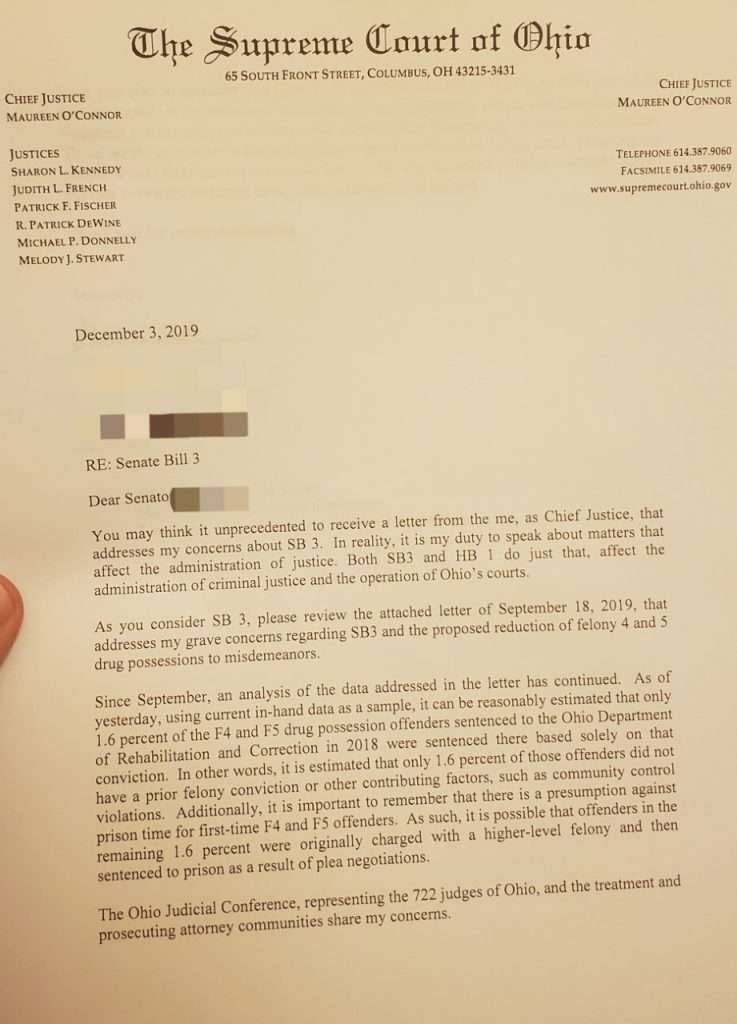A lot of things happened in the past 10 years. A boom in housing construction was not one of them. The 2010s will go down as a decade of historically low housing starts, resulting in higher home prices and rents for some and longer commutes for others.
Last week, Freddie Mae Deputy Chief Economist Len Keifer tweeted out a graph comparing new housing starts over the past six decades. The results are startling.
the 2010s will end up with the lowest number of housing units started in 6 decades, by a wide margin pic.twitter.com/3o43sEQnzp
— ???? ???????????? ???????????????????????? ???? (@lenkiefer) December 18, 2019
In the past 10 years, construction started for 9.8 million new housing units in the U.S. That compares to 15.4 million units in the last decade and 13.7 million in the decade before that. (Keifer notes that those numbers don’t include manufactured housing, a traditional source of low-income housing. It increased a little, but not enough to change the pattern.)
lack of new housing actually worse than above graph makes it out to be
historically manufactured housing (MH) not included in figures above, has been an important source of affordable housing
even though MH has been increasing, still well below historical avg pic.twitter.com/4GHHWBjqPT
— ???? ???????????? ???????????????????????? ???? (@lenkiefer) December 18, 2019
The national numbers match what we’ve seen in some of the highest-cost housing markets in the country.
New York City added 509,000 housing units, or about 2.2 units per new job, from 2001 to 2008, according to a recent report from the city’s Department of Planning. It added only 457,000 units, or .5 new units per new job, from 2009 to 2018.
In 2018, the Californian authorities permitted 117,892 new units of housing for the state’s nearly 40 million residents, according to California’s Department of Finance. By comparison, the Golden State issued 131,732 housing permits in 1975 (the earliest year data is available), despite having only 21.5 million residents.
The question isn’t whether government regulation has constrained supply. Rather its which government regulations have restricted supply the most.
Some scholars like to point to zoning restrictions that prevent developers from constructing taller, denser apartment buildings in high-demand urban areas. Others stress urban growth boundaries that block new suburban housing.
On top of this are historical preservation laws, environmental regulations, and prevailing wage requirements for construction workers. Whatever their other policy merits may be these all increase the costs of building new homes.
“The bigger background narrative is NIMBYism generally,” says Salim Furth, an urban policy expert at the Mercatus Center. “It’s not that localities have planned for housing and have just done it in a way that doesn’t produce quite enough. There’s a visceral ‘just don’t build anything here’ attitude that is prevailing in most American suburbs today.”
A 2016 National Association of Home Builders (NAHB) study estimates that regulatory costs have increased the price of a new single-family home by 30 percent in the first half of the decade. Another NAHB study found that regulations account for a third of new multifamily regulatory costs.
The people who bear the burden of these regulations are renters and new home purchasers who find themselves shelling out more money for the same amount of housing.
An October report from Apartment List put the percentage of cost-burdened renters (those paying more than 30 percent of their income in rent) at just under 50 percent. In 1960 only 24 percent of renters were cost-burdened. Some have chosen to save on housing by spending more time behind the wheel: The Washington Post reports that Americans commuting longer than ever before.
Policy makers are starting to wake up to the problem of a government-induced housing affordability crisis. Occasionally they are even passing good policies.
California has significantly deregulated the construction of granny flats, resulting in a massive spike in the construction of those units in places like Los Angeles. Seattle has done the same, while also upzoning some city neighborhoods to allow for denser residential and commercial development. Oregon and Minneapolis both abolished single-family-only zoning laws.
Alas, these reforms have often been coupled with counterproductive price controls. Both California and Oregon passed caps on rental price increases this year. New York similarly strengthened pre-existing limits on rent increases in New York City. It has also given local governments the authority to pass their own rent control laws.
On balance, Furth believes housing policy is moving in the right direction at the federal and state level. But he thinks that is counteracted at the local level, where the trend is toward giving planners more power to micromanage what new housing will look like.
“That allows local elected officials to have a seat at the table designing and planning everything. They have certain priorities that never include affordability,” Furth tells Reason. Local governments have an incentive, he says, to boost tax revenue above all else. That leads them to zone for higher-quality housing that will attract wealthy residents who pay a lot in taxes but consume few services.
In California, the high levels of discretion built into the permitting process allows activists and other self-interested parties to slow down new development. But other cities, such as Des Moines, are moving in the direction of zoning for higher-quality, higher-priced homes.
Some cities, such as Houston, have managed to stay affordable despite tremendous growth precisely because local officials have decided not to micromanage what new housing will look like or where it can be built.
Getting other cities to embrace a lighter-touch regulatory approach requires policy changes. It also requires people to accept having less control over what other people do with their property.
“We need to change the way that we think about property and neighbors,” says Furth. “We have a pattern of thinking that is just going to lead to worse and worse outcomes.”
from Latest – Reason.com https://ift.tt/35S6Ka0
via IFTTT

